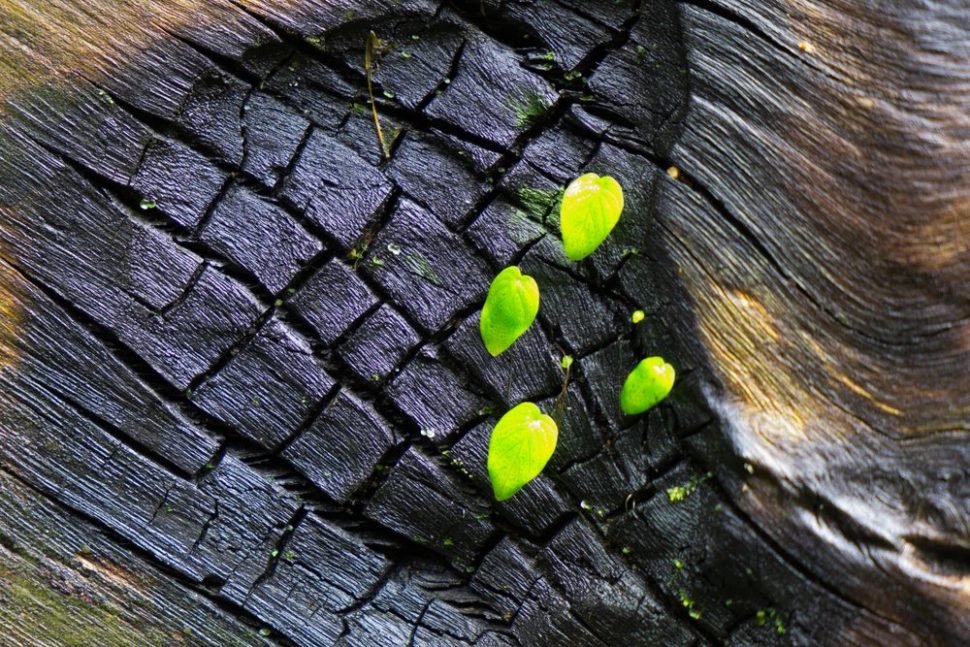Engineers at MIT have imitated fireflies to create plants capable of glowing in the dark with the use of special enzymes and nanoparticles.
What about a glow-in-the-dark Christmas tree that doesn’t need a power source or any of the usual lights, ribbons, and beads to turn it into the festive center of any home?
Or an indoor plant that allows you to read in the dark under its glow like a flashlight?
These sound like the half-baked “what if” ideas of some teenagers on a couch but imagine these glowing plants everywhere lighting up the night and the power savings that could be made.
Well, MIT is working on this fantastic concept that’s theoretically possible.
Glow-in-the-dark plants closer to reality.Click To TweetGlow-in-the-Dark Plants For a Sustainable and Eco-friendly Lifestyle
A sign of the advent of summertime, fireflies light up hot nights in a poetic and mysterious way.
The secret of fireflies is their ability to create bioluminescence which other, mainly marine, organisms also demonstrate.
Fireflies produce this light through a chemical reaction in their bodies between a protein, luciferin, and an enzyme, luciferase, in the presence of oxygen.
The light emitted by fireflies is called “cold light”, as only a small fraction of the energy is converted into heat, unlike light bulbs. This form of light creation has been studied for centuries for its ability to create light without the presence of excessive heat.
Now, MIT engineers have taken clues from the way fireflies light up to create plants capable of glowing in the dark in a similar fashion.

“The vision is to make a plant that will function as a desk lamp — a lamp that you don’t have to plug in,” says MIT’s Michael Strano, senior author of the study. “The light is ultimately powered by the energy metabolism of the plant itself.”
According to the EIA, about 10% of the total electricity consumption in the U.S. (279 billion kWh) was used for lighting in 2016.
In the future, light-emitting plants could illuminate streets and houses with a dreamy and sustainable touch that would greatly reduce the emissions caused by urban lighting.
“Our work very seriously opens up the doorway to streetlamps that are nothing but treated trees, and to indirect lighting around homes,” Strano says.
Here’s how the MIT team did it.
By the Light of Nanobionic Plants
Researchers, led by Seon-Yeong Kwak, figured out a way to incorporate the two enzymes used by fireflies, luciferase and luciferin, into plant leaves that would then emit a dim glow.
They also used another compound, coenzyme A, to boost the activity of luciferase.
To overcome some of the obstacles encountered by other attempts, the team followed a new approach. They used nanoparticles as carriers in order to increase the luminosity and efficiency of the plants being tested.
The molecules of luciferase, luciferin, and coenzyme A were packaged into different types of nanoparticles. Chemically, all of these compounds are classified as “generally regarded as safe” by the U.S. FDA.
Silica nanoparticles were used for luciferase while PLGA and chitosan polymers were used to carry luciferin and coenzyme A.
Finally, plants were immersed in solutions containing the carriers and enzymes and exposed to high pressures to speed up their penetration into the leaves.
The first effort by the researchers created plants that were able to glow for 45 minutes, a duration that has since been increased up to 3.5 hours.
The team hopes to find a way to paint or spray nanoparticles on plants. They are also considering a way to “turn off” the plants by adding nanoparticles carrying a compound that inhibits the activity of luciferase and so the process as a whole.



















Comments (0)
Most Recent